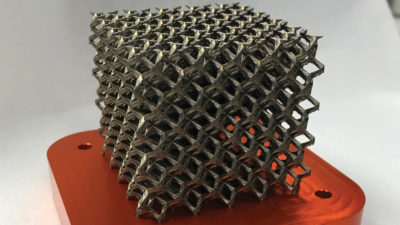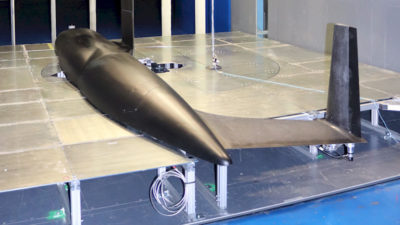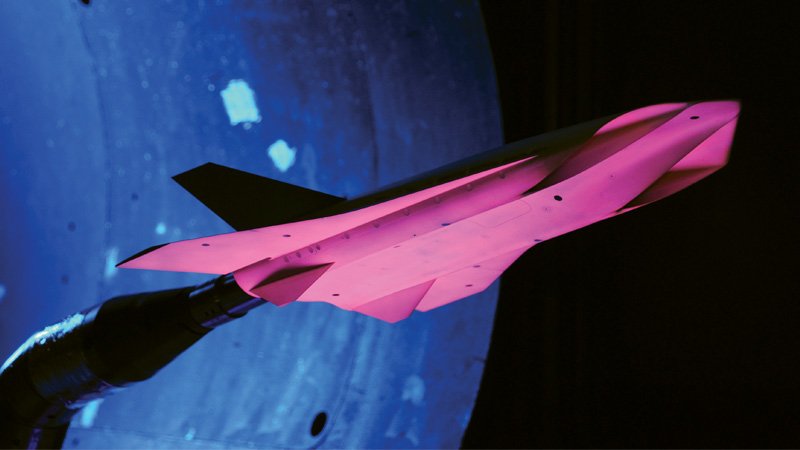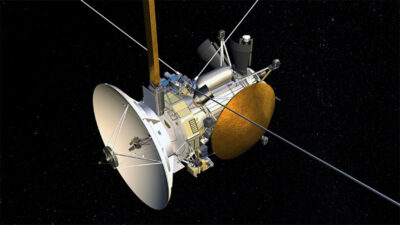Commercial Crew successes lead the way in a pivotal year
By Jesus A. Orozco and Christopher R. Simpson |December 2020
The Space Operations and Support Technical Committee focuses on operations and relevant technology developments for crewed and uncrewed missions in Earth orbital and planetary operations.
A NASA launch ushered in the era of commercial spaceflight, the U.S. Space Force launched its first payload and three governments launched Mars missions while the covid-19 pandemic paralyzed the world for most of the year.
The Space Force completed the military’s next-generation communications constellation with its March launch of the Advanced Extremely High Frequency-6 satellite. It was the first launch for the space warfare service branch, which was founded in December 2019. The Space Force also welcomed its first 86 members into its ranks — all graduates of the U.S. Air Force Academy. In August, the service released its first doctrine, which describes the Space Force’s five core competencies as space security, combat power projection, space mobility and logistics, information mobility and space domain awareness.
In April, NASA disclosed the three U.S. companies that will develop the Artemis program’s human moon landers planned to land astronauts on the moon beginning in 2024. The three companies are Blue Origin, Dynetics and SpaceX. All three will have NASA teams embedded in their projects as part of the 10-month base period disclosed in the Next Space Technologies for Exploration Partnerships Appendix H Broad Agency Announcement.
In May, NASA and SpaceX launched U.S. astronauts in a Crew Dragon capsule on a Falcon 9 rocket from Kennedy Space Center in Florida. Astronauts Doug Hurley and Bob Behnken arrived at the International Space Station 19 hours later on the Demo-2 mission. The Crew Dragon remained docked to the ISS for 63 days before bringing the astronauts back to Earth; the capsule splashed down in the Gulf of Mexico.
Neil Mallik, network director of the Human Space Flight Communication and Tracking Network at NASA’s Goddard Space Flight Center in Maryland, said that NASA evolved to support “commercial human spaceflight missions while maintaining a focus on safety … [considering] contingency operations and launch escape scenarios [which] drove unique implementations of the space network, specifically, the ability to provide a rapid repointing of [a tracking and data relay satellite] in the event of off-nominal performance from the Falcon 9.”
Jon Rodriguez, the Flight Dynamics Facility mission lead for Demo-2 and part of the HSF CTN at Goddard, said that he hoped the “SpaceX DM-2 launch provided a small respite to those who were able to watch” during the “dark and uncertain time” of the covid-19 pandemic. The Demo-2 mission’s success also allowed for SpaceX and NASA to launch the Crew-1 mission on Nov. 15.
Looking toward Mars, the United Arab Emirates Space Agency designed and developed the Hope orbiter for the Emirates Mars Mission that launched in July to study daily and seasonal weather cycles on Mars. It was the first mission to Mars by an Arab country. Also in July, China launched the Tianwen-1 mission, which consists of an orbiter, a lander and a rover. NASA launched the Perseverance rover and Ingenuity helicopter in July; they are expected to reach Mars in February 2021.
Contributors: Neil Mallik and Jon Rodriguez



































